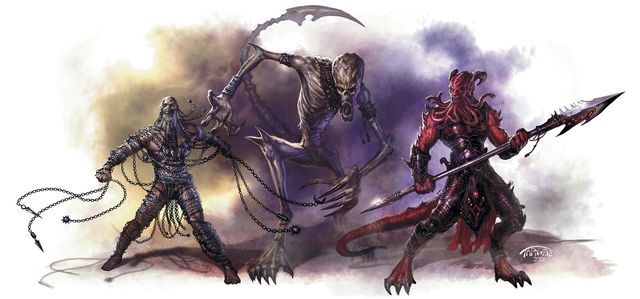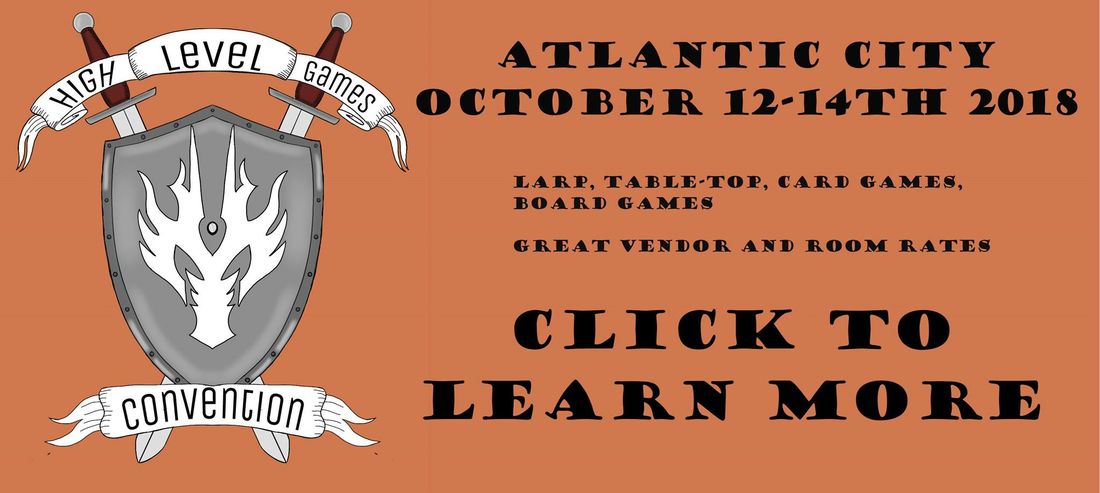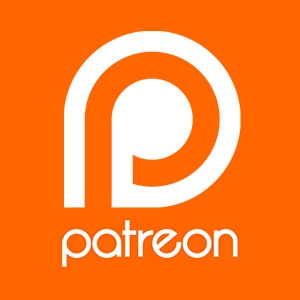 Here at HLG, our Corporate Overlords actually ARE benevolent and have sunk countless hours and their own actual money into the upkeep up the site and taking care of us lowly content producers (you know, the ones whose work you enjoy reading and listening too). Help them help us entertain you, and supportour Patreon here. If you’ve been playing RPGs pretty much at all at any point over the last 25 so years, the name Rob Heinsoo has probably popped up. He’s best known for his work on Dungeons and Dragons and 13th Age (a favorite of myself and editor Sean “Heavy Metal GM” Clark), he’s also worked on board, card and miniatures games like Dungeons and Dragons Miniatures, Three-Dragon Ante, and Shadowrun Crossfire. Rob was kind enough to spare some time to talk about designing monsters for 13th Age, D&D, and the awesome that is Glorantha. Q: 13th Age monsters tend to be simpler than those found in other F20 systems. What was the process for you and Jonathan Tweet in developing that stripped down format? A: I thought about it a couple minutes and realized that when Jonathan and I first collaborated on a stripped-down format for an F20 system, it wasn't for a roleplaying game. It was the Chainmail miniatures game that Jonathan and Chris Pramas were working on with some other folks, and then I came on board. Though we didn't always stick to the mission, the plan with that game, and with the D&D Miniatures game that grew out of it, was to provide just enough abilities that people would enjoy the monster's special flavor without having to cope with an overload of complexity. I wanted to handle 4e in a similar way, but I wouldn't say that was entirely successful, many legacy-abilities crept in or got added for simulation purposes. By the time we designed 13th Age, Jonathan and I agreed that the purpose of a monster is to help the players and GM have fun, usually during a single combat, since most monsters don't last long. If a monster does something exciting or weird or effective that evokes its place in the campaign world or its unique attributes, that's all that players really need in order to get a different impression than they get from all the other monsters. Players are focused on their characters, they just need enough from the monsters to frame the PCs' actions in the best light! GMs, on the other hand, simultaneously need something fun or elegant to keep them interested in the game, but not so complex that they have to think too much about each move the monsters make. So that's why a lot of our monster abilities get triggered in unpredictable ways. You want the players to be surprised and the GM to wonder how things are going to play out without having to make all the decisions as if they were half-a-dozen cunning monstrous combatants. Q: Matching theme and mechanics is one of the trickiest tasks in monster design. Do you typically start with flavor or mechanics? How often do you start from the other part? I nearly always start from the flavor, from thinking about what the monster is like in the world and how it relates to other creatures or to the many types of magic. Having said that, I do have a list of unused monster mechanics, a list that started as something Jonathan wrote when we were doing the core book. I've been adding things to the list and occasionally drafting ideas ever since, but I don't remember starting by looking at a mechanic on the list and thinking "we need to design a monster based on that mechanic." Instead, I'll look at the list when first-thoughts for a monster's mechanics aren't working out, looking to see if there's anything in the list that could be adapted. As far as I know, the only monster in our recent books that was designed mechanics-first is the salamander from Bestiary 2, but that's only because it got designed as a fire-moth at a GenCon monster design panel. Way after that initial design I realized it might be more accessible to GMs as a fiery salamander instead of as a moth that lived in volcanoes. Q: When developing a new monster, where do you go for inspiration? Is there a particular author, director, or selection of mythology that stokes your imagination? I read all the time and watch TV and movies only-a-tiny-bit, so for me inspiration is much more likely to be from the word than the moving image. And when I'm working on games, it's often games that inspire me. I have giant maps of Glorantha on the walls of my study, and when I'm stuck designing RPG stuff I often grab a Glorantha book, something like Cults of Prax or Cults of Terror or a Heroquest book or one of Robin Laws' books from the various Gloranthan incarnations. Q: The most recent book of monsters for 13th Age, Bestiary 2, features monsters from a slew of individuals. What elements do you look for in a pitch for a new creature, especially if you’ve never worked with that designer before? I ask the designer to provide a hook. Usually it's an exciting new story for the monster that I know will be enough to inspire cool mechanics. Usually this amounts to an answer to the question: "What is cool about this monster that GMs and players are going to care about and remember?" Q: For the upcoming 13th Age Glorantha, was there anything about the setting that changed how you approached the new monsters? Yes! Glorantha is organized around runes, fundamental magical forces of creation, instead of around the icons. So the monster chapter is organized that way too, with a few nasty tusk riders and baboons in the Beast rune section, the magical Puppeteer Troupe in the Illusion rune section (with strange campaign-affecting powers like nothing we've done before), and so many many monsters in the Chaos rune section, because Chaos is the destroyer, the anti-cosmos, the uncreator. Gloranthan Chaos is freaking nasty, so some of the limits we observe in most 13th Age games got ignored or temporarily suspended. A quarter of the time Chaos steals the escalation die from the PCs, and we escalated the consequences from there. To redirect the question, many of these Chaos monsters, and monsters from other runes, are creatures I've always wanted to have truly interesting battles with! 13th Age is a system that encourages combat and showcases personality during combat. That applies to the monsters as well as the PCs, so in a lot of cases we were able to find fun new ways of showcasing monsters that haven't necessarily been *fun* to fight before. They can be! And part of that excitement is tying into the Gloranthan runes and themes in ways that will be exciting for new players and resonant for long time fans. Q: Which monster from Monsters of Faerun do you wish had more stage time? I immediately thought about the tall mouther, a creature I'd invented with a silly name. It doesn't really deserve more stage time! But there was something dear about it to me. I decided I should leave my garage work-studio and go into the basement to find my copy of Monsters of Faerun. In the basement, before heading to my game shelf, I looked at my wall of old journals and pulled out a green hardcover book from the third shelf. I haven't looked through the journals for years and they aren't in any kind of order, but the second page I flipped to in that green book was the page where I wrote: "Forgotten Realms monsters: Big guy with Mobility and a 10' reach; or with Combat Reflexes" That's the note that turned into the tall mouther, which I described as a "one-creature whirling skirmish." It was the first F20 creature that I made up for WotC, and I designed it around a mechanical concept, the opposite of how I usually design now. "Tall mouthers speak Common and broken Halfling, both in accents that can only be described as obscene." Welcome back, big guy. Check out 13th Age Glorantha and Lion & Tigers & Owlbears: The 13th Age Bestiary 2 at DriveThruRPG. Phil Pepin is a history-reading, science-loving, head-banging, river-running nerd, who would like nothing more than to cuddle with his pups and wife. Picture Reference: http://forgottenrealms.wikia.com/wiki/Main_Page Leave a Reply. |
All blog materials created and developed by the staff here at High Level Games Archives
April 2023
Categories
All
|
Proudly powered by Weebly




 RSS Feed
RSS Feed